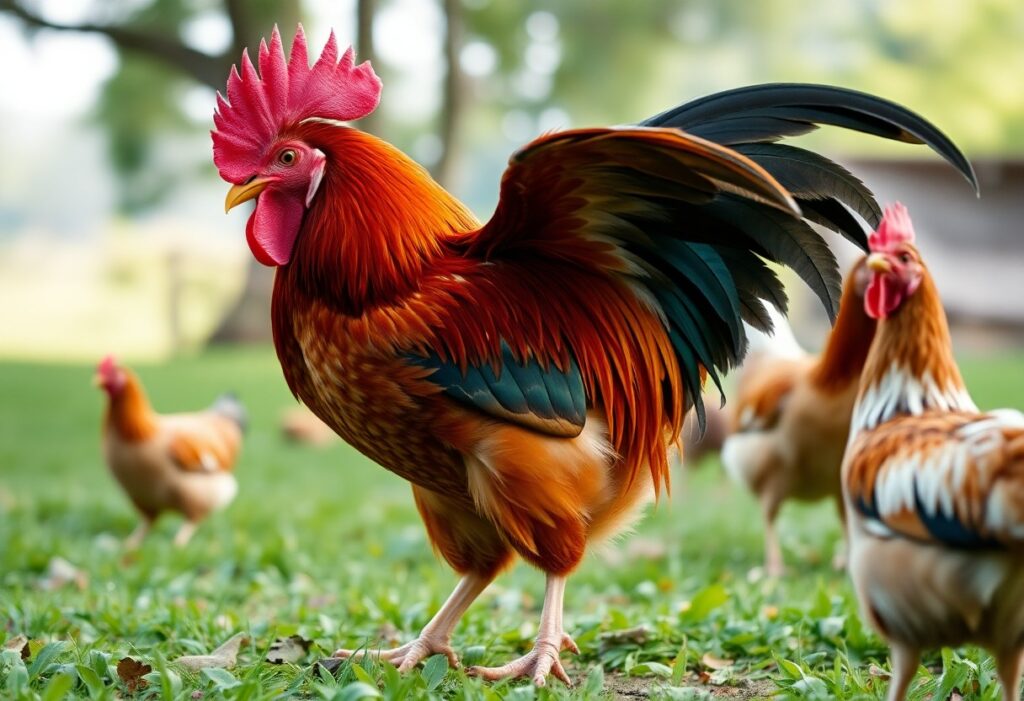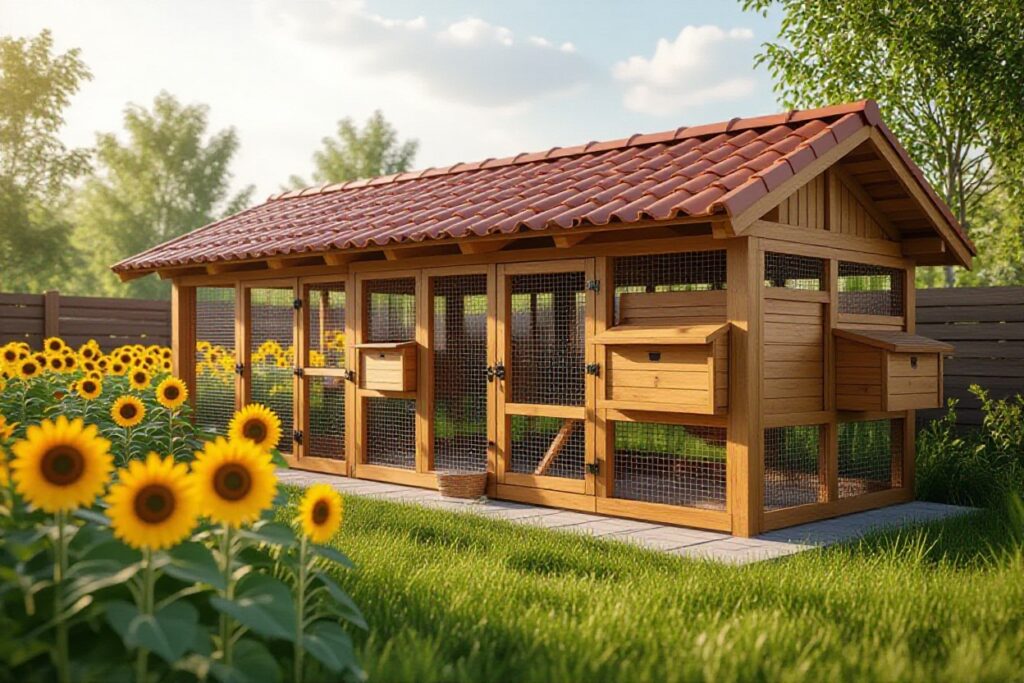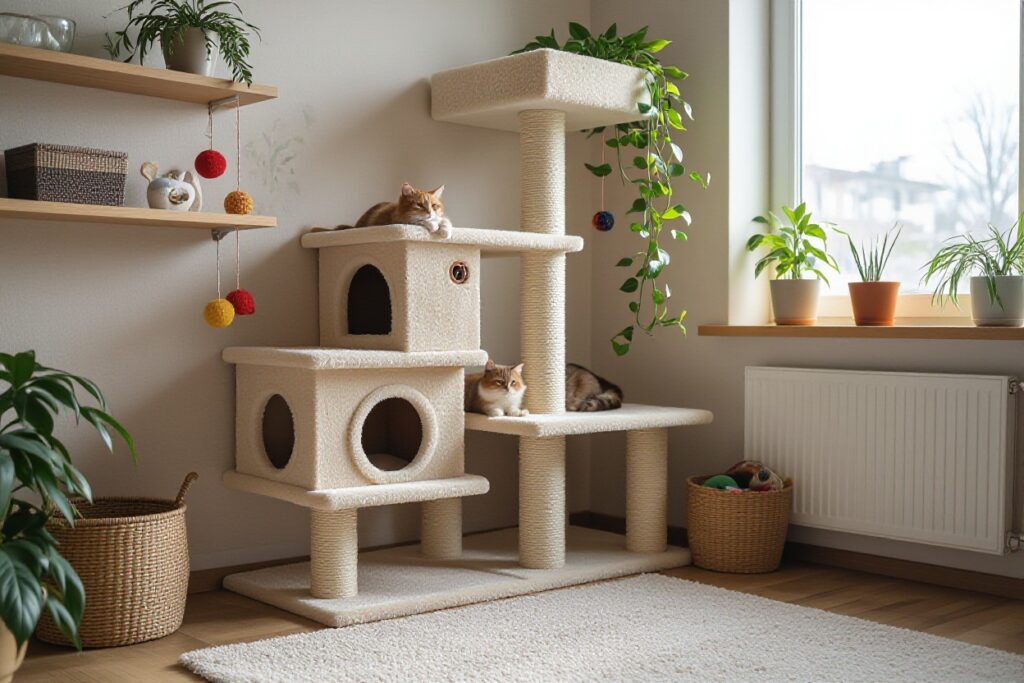Health is a key factor in ensuring your roosters thrive, and regular exercise is fundamental to their overall well-being. By providing opportunities for physical activity, you can enhance their strength, vitality, and mental stimulation, which are imperative to prevent diseases and stress-related issues. Engaging your roosters in active play helps combat obesity and encourages natural behaviors, contributing to a happy and productive flock. In this blog post, you will discover effective ways to incorporate exercise into your roosters’ daily routines to maximize their health and longevity.
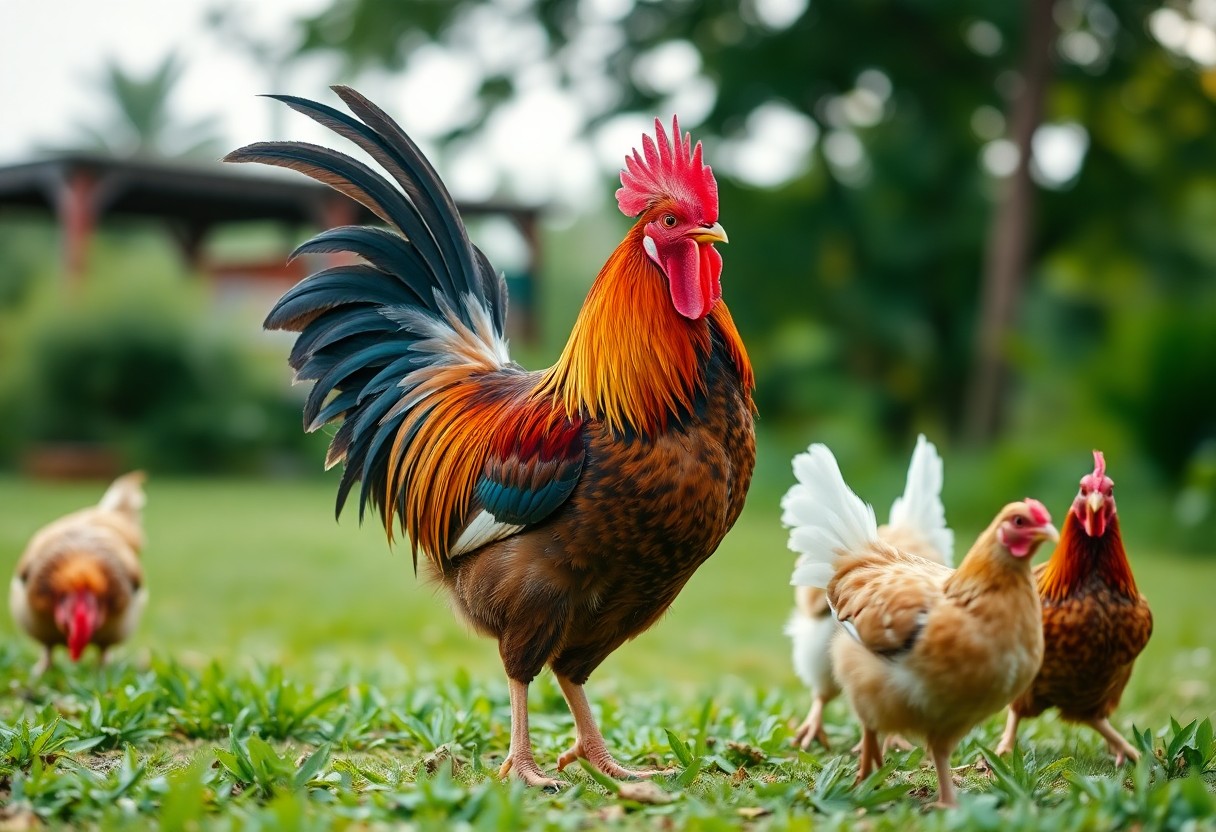
Key Takeaways:
- Regular physical activity promotes cardiovascular health and improves overall muscle tone in roosters, contributing to their vitality.
- Exercise helps prevent obesity and lowers the risk of various health issues, ensuring roosters maintain a healthy weight.
- Providing an environment that encourages natural behaviors, such as pecking and foraging, enhances mental stimulation and overall well-being in roosters.
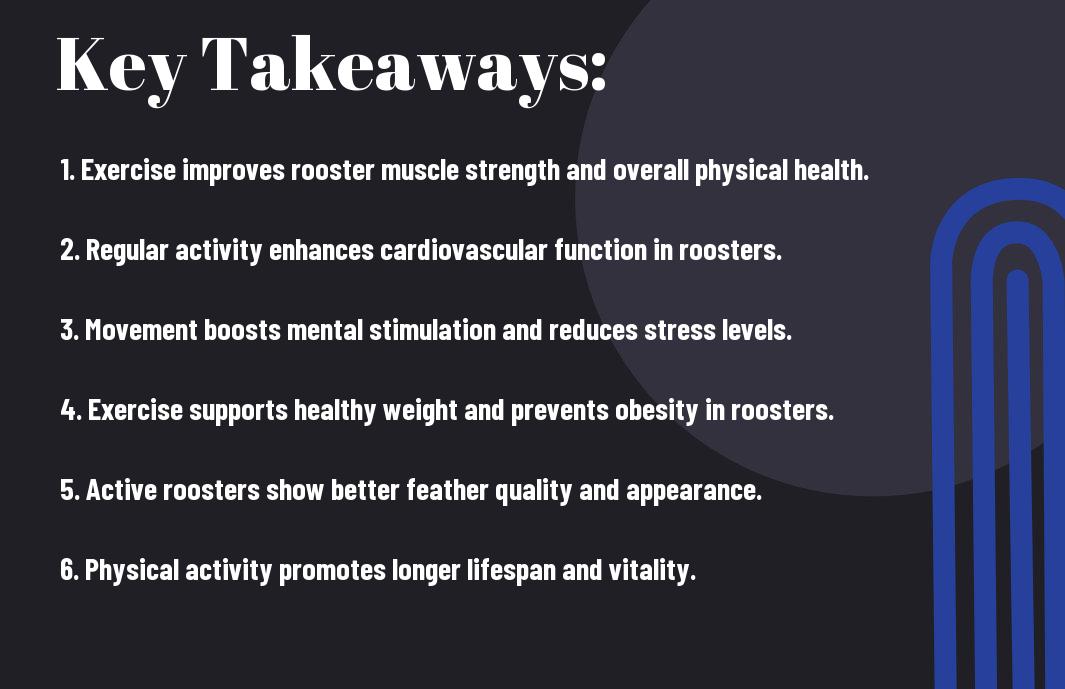
Understanding Rooster Health
For you as a rooster owner, understanding the overall health of your birds is important to ensure their long-term vitality and productivity. Healthy roosters exhibit signs such as bright eyes, clean feathers, and a strong appetite. Monitoring these aspects can help you catch any potential problems early, allowing you to maintain the well-being of your flock and promote a happy environment in which your roosters can thrive.
Key Health Indicators
Before assessing your rooster’s health, it’s important to know what indicators to look for. Observing their behavior, appetite, and weight can provide vital insight into their well-being. Healthy roosters should be active, maintain a stable weight, and eat regularly while exhibiting normal social behaviors within the flock. Regular checks on these indicators will empower you to take proactive measures for your birds.
Common Health Issues
For your roosters, various health issues can arise that may affect their vitality. Common problems include respiratory infections, mites, and nutritional deficiencies. Each of these conditions can lead to serious complications if left untreated. Being aware of the signs and symptoms will help you take swift action to protect your flock.
The most prominent health issues affecting roosters are often preventable with proper care and vigilance. Conditions such as respiratory infections may result from poor ventilation in the coop or exposure to drafty conditions. Mites and lice can thrive in unsanitary environments, causing discomfort and leading to significant stress. Additionally, a lack of important vitamins and minerals can result in nutritional deficiencies, impacting your rooster’s growth and reproductive capabilities. Maintaining a clean habitat, monitoring air quality, and providing a balanced diet are key steps you can take to enhance your roosters’ health and prevent these ailments.
Benefits of Exercise for Roosters
Any rooster can benefit immensely from regular exercise. Physical activity not only enhances their physical health but also contributes to their overall vitality. Engaging in exercise promotes stronger muscles, better circulation, and a robust immune system, allowing your rooster to thrive and remain active throughout its life.
Physical Benefits
At the core of your rooster’s well-being is its physical health. Exercise helps maintain a healthy weight, strengthens muscles, and improves cardiovascular function. Regular movement allows your rooster to develop agility and coordination, leading to a more balanced life and a decrease in the risk of common health issues.
Psychological Benefits
At the same time, your rooster’s mental well-being is equally important. Exercise can alleviate stress and anxiety, leading to a happier bird. A stimulating environment encourages natural behaviors, enhancing your rooster’s confidence and social interactions with other birds, thereby fostering a stronger flock dynamic.
This is where the psychological benefits can dramatically impact your rooster’s quality of life. A well-exercised rooster experiences less stress and displays improved behavior patterns, such as increased curiosity and social interaction. When you engage your rooster in regular physical activities, you promote a sense of well-being, which translates into a more vibrant personality. This not only enhances your bond with them but also leads to a more harmonious living environment, reducing the likelihood of aggressive behaviors that can arise from boredom or stress.
Types of Exercises Suitable for Roosters
Not all exercises are created equal for your roosters. Incorporating a variety of activities is imperative for maintaining their health and vitality. Here are some effective exercise types:
| Free Range Activities | Promotes natural behaviors and socializing. |
| Structured Physical Training | Involves planned exercise routines to enhance fitness. |
| Agility Games | Boosts speed and coordination through engaging games. |
| Obstacle Courses | Challenges your rooster’s physical abilities. |
| Social Interaction | Increases physical activity through flock movement. |
Free Range Activities
Exercises such as foraging and exploring during free-range activities allow your roosters to engage their natural instincts. This not only helps in physical fitness but also encourages mental stimulation. Providing a safe space for them to roam can boost their social skills and overall well-being.
Structured Physical Training
Behind having a healthy rooster lies the importance of structured physical training. Incorporate specific exercises that promote muscle development and agility. Routines should be balanced and not overly strenuous to prevent injuries while still providing benefits.
Hence, having a structured approach can lead to remarkable improvements in your rooster’s strength and endurance. Activities like running drills and agility training can increase their vitality while keeping them active. Ensure that you closely monitor their condition during training to avoid any physical strain. A consistent routine tailored to your individual rooster will help maintain a happy and healthy bird.
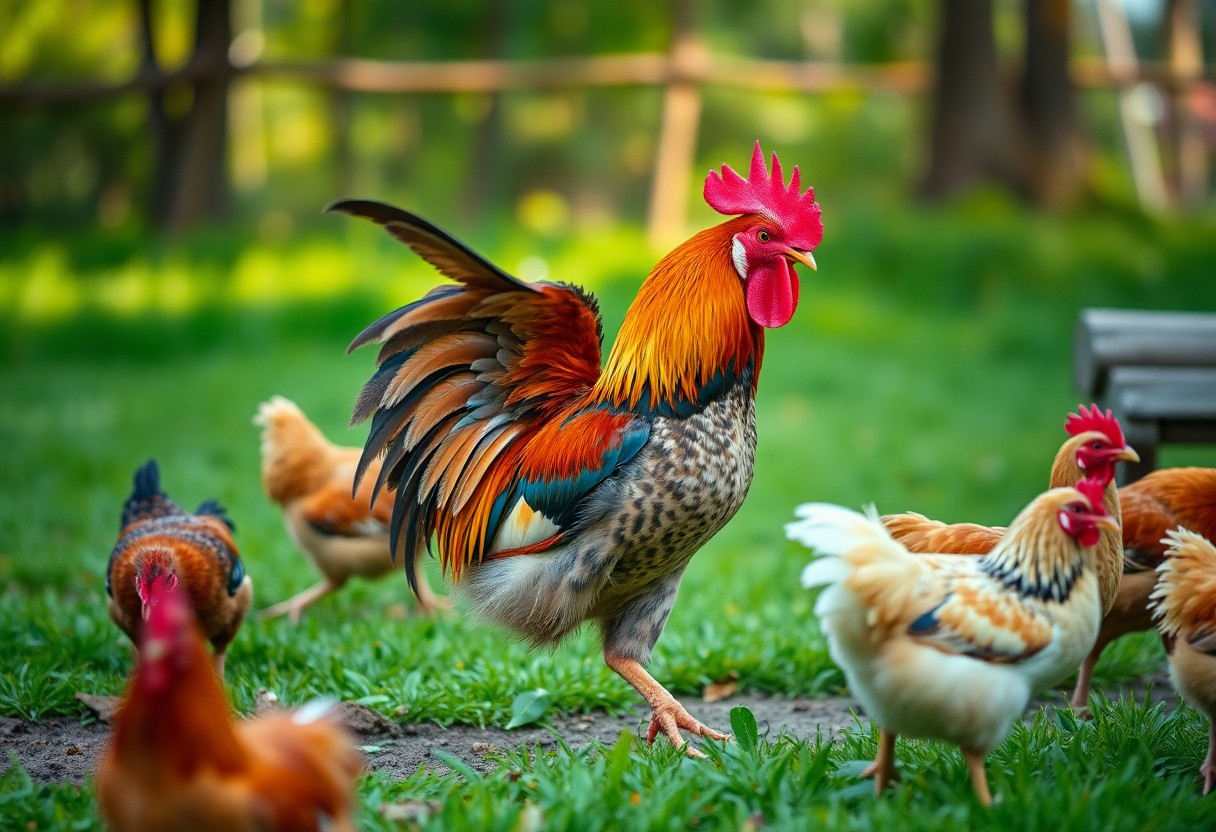
Designing an Exercise Program
Despite the importance of exercise for your rooster’s well-being, crafting an appropriate program requires careful planning. Consider their age, breed, and specific health conditions when developing a routine. Incorporate a variety of activities that encourage both physical and mental stimulation, ensuring that your rooster remains engaged while promoting optimal health and vitality.
Assessing Individual Needs
An effective exercise program begins with assessing your rooster’s individual needs. Each rooster is unique, and factors such as age, breed, and pre-existing health conditions should inform the type and intensity of exercises included. Take the time to observe your rooster’s energy levels and preferences to create a customized approach that aligns with their capabilities.
Setting Realistic Goals
Across the spectrum of rooster care, establishing realistic exercise goals is crucial to fostering a successful routine. Evaluate your rooster’s current fitness level and specify attainable objectives to keep you both motivated. Progress may involve gradually increasing the intensity or duration of workouts while ensuring that they remain enjoyable for your feathered friend.
Plus, setting realistic goals helps you monitor progress effectively and adjust your approach as necessary. Focus on specific achievements, such as enhancing endurance through longer daily activities or improving strength with targeted exercises. This way, you foster a positive connection with your rooster while promoting health and vitality. Make sure to celebrate small milestones, as each one contributes to your rooster’s overall well-being and happiness.
Nutrition and Exercise Synergy
After establishing a routine of exercise for your roosters, it’s equally important to prioritize their nutrition. The combination of a balanced diet and regular activity helps to optimize their health and vitality. By ensuring that your roosters receive the right nutrients, you support their muscle development, energy levels, and overall well-being, enhancing the benefits of their physical exercise.
Dietary Requirements for Active Roosters
Among the dietary needs of active roosters, the focus should be on providing a mix of grains, proteins, and vitamins. High-quality feed that includes a variety of seeds, legumes, and leafy greens can promote muscle growth and endurance. Additionally, incorporating protein sources, such as insects or mealworms, can ensure your roosters maintain their strength and energy during strenuous activities.
Hydration Importance
Synergy between hydration and exercise is vital for keeping your roosters healthy. Access to fresh and clean water is vital for maintaining stamina and supporting bodily functions, especially during vigorous activity.
Due to the high energy expenditures during exercise, your roosters will require adequate hydration to remain healthy. Dehydration can lead to serious health issues, including reduced stamina and muscle cramping. Providing enough water supports optimal metabolic processes and helps eliminate toxins from their body. Always ensure that they have access to fresh water, particularly after exercise, to replenish lost fluids and maintain their vitality.
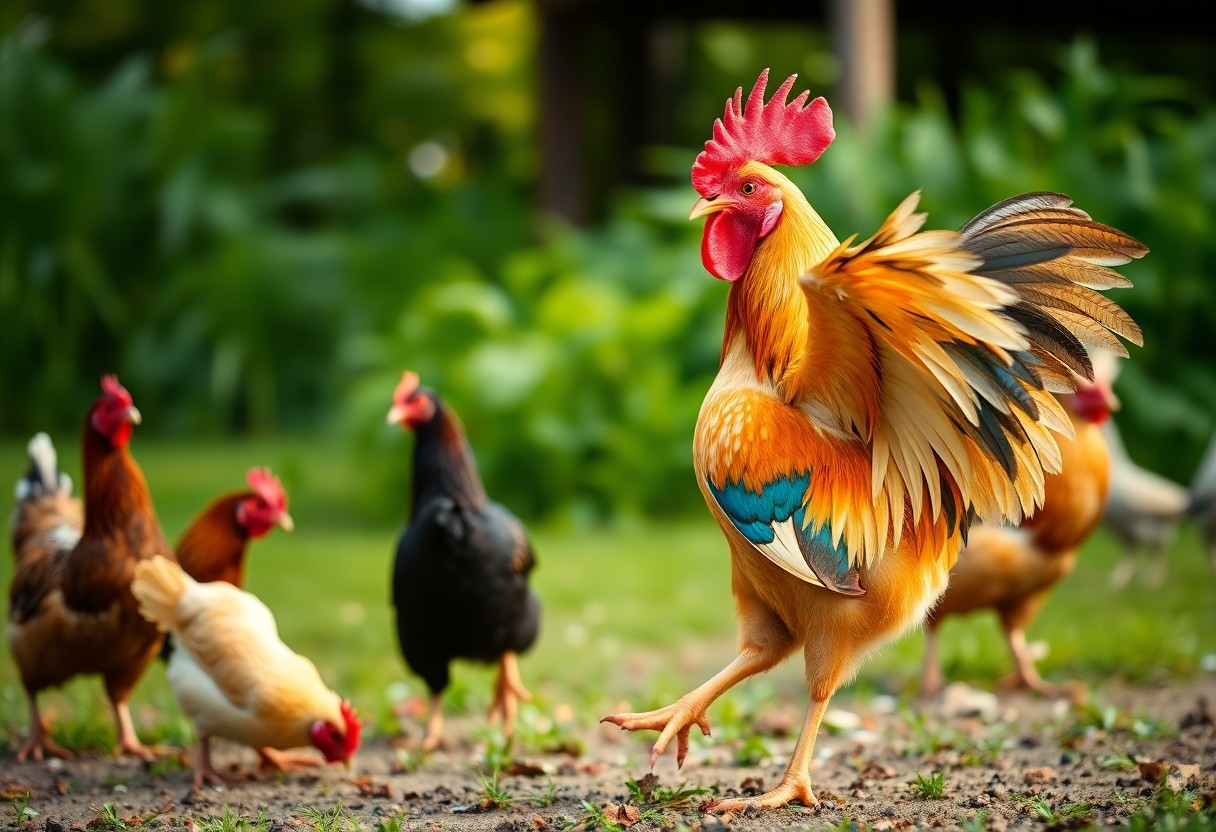
Monitoring Exercise Impact
Once again, keeping a close eye on your rooster’s response to exercise is vital for ensuring their ongoing health and vitality. You should be observing changes in behavior, energy levels, and overall physical condition. Regular assessments can guide you in fine-tuning exercise routines, ensuring that your rooster remains active and happy, while also preventing injuries or overexertion.
Assessment Techniques
To evaluate your rooster’s exercise impact, employ various assessment techniques such as monitoring weight, observing mobility, and checking plumage condition. Keeping a journal or log can be beneficial for tracking your rooster’s progress through these metrics, allowing you to visualize trends and make informed adjustments to their exercise regimen.
Adjusting the Program Based on Results
Beside evaluating performance, adjusting your rooster’s exercise program based on your findings is fundamental for their well-being. Be prepared to modify activities, adjust the intensity, or incorporate rest days for optimal health.
Further, the key to a successful program lies in flexibility. When you notice signs of fatigue or stress in your rooster, it’s important to reduce exercise intensity or frequency. Conversely, if your rooster is thriving, you may choose to introduce more challenging activities. Continuously observe their behavior to ensure you’re supporting their vitality while avoiding any risks of injury. Your proactive adjustments will contribute significantly to the overall health and happiness of your rooster.
To wrap up
Drawing together the insights on exercise and rooster health, it’s evident that regular physical activity plays a significant role in enhancing your flock’s vitality and overall well-being. By incorporating exercises like free-ranging, pecking, and foraging into their daily routine, you promote optimal muscle development and mental stimulation. Additionally, maintaining an active environment can help prevent common health issues and support healthy weight management. Ultimately, dedicating time to integrate varied physical activities will ensure your roosters thrive, exhibiting lively behaviors and robust performance as they engage in their natural instincts.
FAQ
Q: How does exercise benefit the health of roosters?
A: Exercise significantly contributes to the overall health of roosters by promoting good cardiovascular health, maintaining optimal body weight, and reducing the likelihood of obesity-related issues. Engaging in physical activity helps stimulate their metabolism and can enhance their immune system, making them less susceptible to diseases. Regular movement also helps in muscle development and the maintenance of strong bones, which are imperative for their agility and overall vitality.
Q: What types of exercises are suitable for roosters?
A: Roosters can benefit from various types of exercises, including free-ranging, which allows them to explore their environment, forage for food, and engage in natural behaviors that maintain their physical health. Additionally, playing with toys, such as balls or wooden perches, can encourage them to jump and run. Providing obstacles or structured activities, such as short agility courses, can also stimulate their physical and mental activity while strengthening their muscles.
Q: How often should roosters be exercised to ensure optimal health?
A: It is recommended to provide roosters with ample opportunities for exercise daily. About 1 to 2 hours of active movement is ideal, depending on their age, size, and overall health status. Regular access to an open area where they can roam freely and engage in natural behaviors should be a part of their daily routine. Frequent but moderate exercise sessions combined with a balanced diet will support their health and vitality over time.
